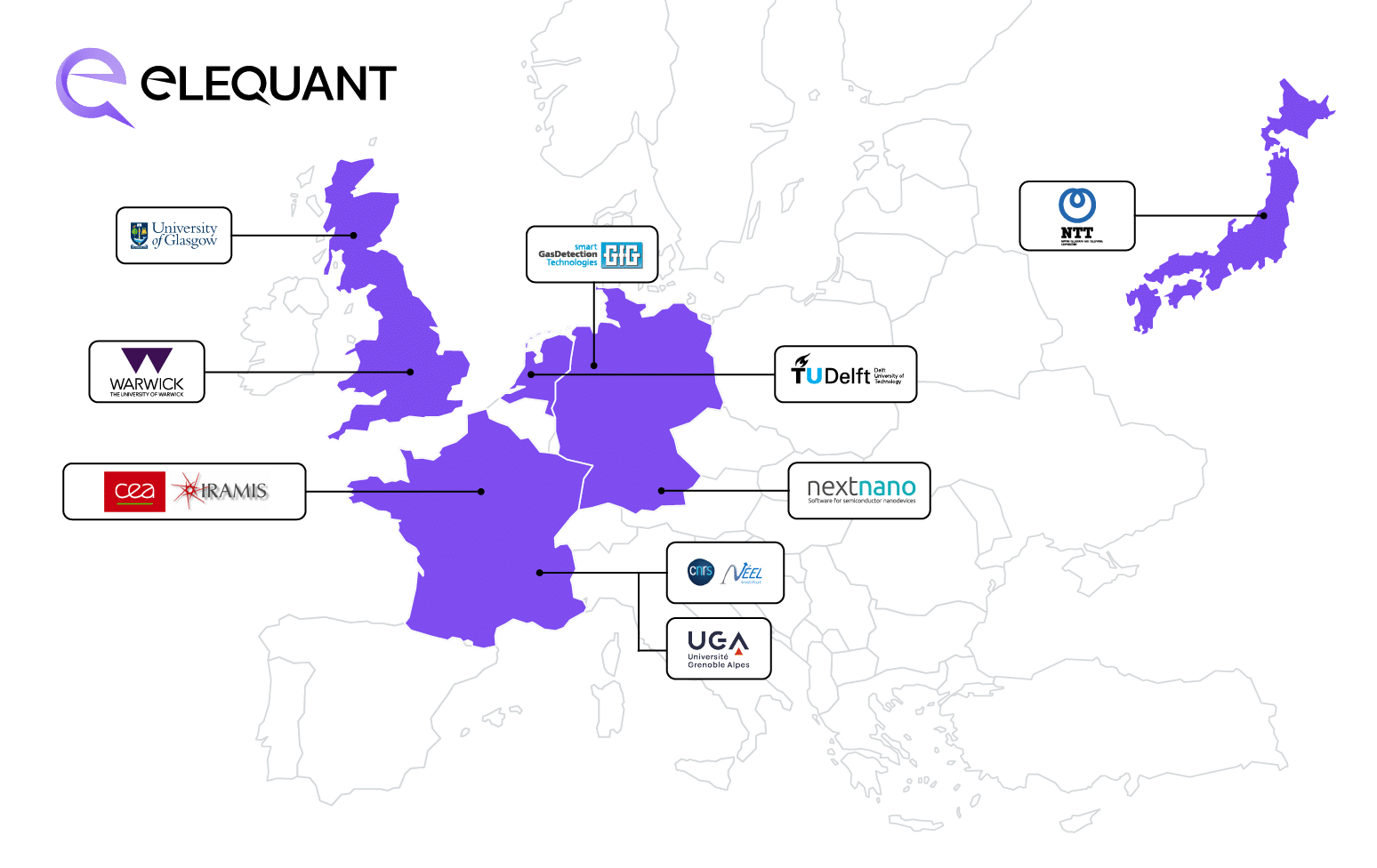
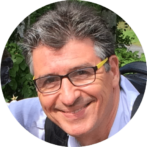
Christopher Bäuerle received his B.S degree in 1990 from the University of Karlsruhe, Germany, his M.S. degree in 1992 from the University of Massachusetts, Amherst, USA and his PhD degree in 1996 from the University Joseph Fourier, Grenoble, France. After working for two years at the University of Tsukuba and the University of Tokyo, he joined the NEEL Institute in 1998. He made significant contributions to the field of symmetry-breaking phase transition using ultracold superfluid, as well as to the understanding of phase coherence in mesoscopic systems. More recently his research interests focus on single-electron transport using surface acoustic waves as well as ultrashort charge pulses. At Institut Néel, Grenoble, Christopher’s team aims at establishing a unique and innovative platform for creating, manipulating and detecting single-electron wave packets in semiconductor quantum circuits and exploit them for quantum technologies.
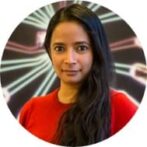
Anasua Chatterjee is an experimental physicist, working at the intersection of quantum information and condensed matter physics. She received her AB from Princeton University and her PhD from University College London, followed by an EPSRC Doctoral Prize Fellowship at the Center for Quantum Devices, within the Niels Bohr Institute in Copenhagen. She started her own group in 2020 as Assistant and later Associate Professor at the Niels Bohr Institute. In 2024 she moved to TU Delft as Assistant Professor, where she runs an active experimental group at QuTech and the Kavli Institute of Nanoscience. She is interested in semiconductor spin qubit arrays hosted in quantum dots, with a particular focus on the fabrication, scaling, tuning, and operation of small-scale quantum processors. Her group also investigates superconductor-semiconductor hybrid functional devices and novel, protected qubit modalities.
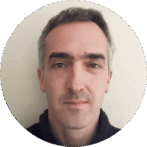
Hermann Sellier graduated from the Ecole Nomale Supérieure in Lyon (France) in 1999 and completed his PhD in 2002 on mesoscopic superconductivity and in particular on ferromagnetic Josephson pi-junctions. He then went to the Kavli Institute of Nanosciences at the University of Delft (The Netherlands) for a postdoctoral research work on quantum dots in silicon nanowires and in particular on single-electron transport through individual dopant atoms. In 2005, he got a permanent position as assistant professor at the University of Grenoble and researcher at the Néel Institute in the team Quantum NanoElectronics and Spectroscopy, where he is still working today. Hermann Sellier is an expert of quantum transport in semiconductor and graphene devices, using both electronic transport and scanning gate microscopy at very low temperature. Since 2021, he is also working on electron flying qubits, involving the ultra-fast control of quantum devices using voltages pulses and surface acoustic waves.

Norio Kumada received his B.S., M.S., and Ph.D. in physics from Tohoku University, Miyagi, in 1998, 2000, and 2003, respectively. He joined NTT-BRL in 2003. Since then, he has been engaged in the study of highly correlated electronic states confined in two dimensions. More recently, his research interests have focused on ultrafast carrier dynamics in graphene and other two-dimensional materials. From 2013 to 2014, he was a visiting scientist at CEA Saclay. He received the Young Scientist Award of the Physical Society of Japan in 2008 and the Young Scientists’ Prize from the Minister of Education, Culture, Sports, Science and Technology in 2012. He is now Senior Distinguished Researcher and the leader of the Quantum Solid-State Physics Research Group.
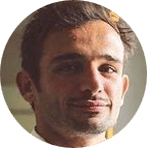
Preden Roulleau graduated from Ecole Normale Supérieure in 2005 and obtained his PhD degree from CEA in 2008. After a postdoc at Ecole Polytechnique Federale de Zurich, he joined the CEA, Saclay in 2011. Preden has authored more than 40 publications and been awarded the ERC starting grant « Cohegraph ». Preden is now the Head of the Nanoelectronic Group at CEA.
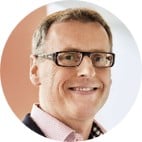
Stefan Birner earned a Master of Physics from the University of Exeter, UK, in 2001 and a PhD in Physics from Technische Universität München, Germany, in 2011, specializing in Theoretical Semiconductor Physics at the Walter Schottky Institute. In Exeter and as a visiting scientist at Ohio State University, Columbus, USA, he was working on density functional theory and molecular dynamics simulations of defects in semiconductors. As the founder and managing director of nextnano GmbH since 2012, he leads the development of innovative software for modeling electronic and optoelectronic semiconductor nanodevices, advancing technologies in electronics, photonics and quantum computing.
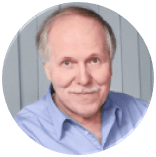
Andreas Wieck received his diploma in Physics in 1987 from the University of Hamburg, where he also completed his PhD with experiments conducted at the High Magnetic Field Laboratory in Grenoble, France. He then spent eight years as a tenured researcher at the Max Planck Institute for Solid State Research in Stuttgart and one year at NTT Basic Research Laboratories in Tokyo, Japan. Since 1993, he has been a professor at Ruhr University Bochum (RUB), where he holds the Chair of Applied Solid State Physics and serves as the director of the Institute of Experimental Physics. His research focuses on molecular beam epitaxy (MBE) of III-V semiconductors. Using bandgap engineering and dopants such as Si and C, he fabricates high-electron-mobility transistors (HEMTs), quantum wells, and quantum dots for the development of LEDs, laser diodes, transistors, and single-photon sources used in quantum information and cryptography. He also pioneered the use of focused ion beams for mask-less doping and nanostructuring. In 2024, Andreas Wieck joined the company GfG in Dortmund in an advisory role, initiating and supporting the advancement of epitaxial growth techniques for optoelectronic devices towards the establishment of the company’s own MBE semiconductor fabrication laboratory.
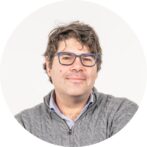
Giorgos Georgiou is an Assistant Professor (Lecturer) at the department of Electronic and Nanoscale Engineering in University of Glasgow, since 2021. Giorgos is an expert in Quantum Nanoelectronics, ultrafast optics, opto-electronics, THz technology, photonics and metamaterials. Since his arrival in Glasgow, he has established the lab for Ultrafast Quantum Terahertz Nanoelectronics (ultraQUTE), and his research focusses on semiconductor Quantum Technologies (semiconductor qubits) and fundamental electron interactions in condensed matter systems from 2D to 1D systems. In addition, his research involves the development of novel high frequency electronic instruments for quantum technologies in the THz frequency range, and scaling up these technologies through opto-electronic approaches. He studied ultrafast optics, THz optoelectronics and photonics at the Institute for Atomic and Molecular Physics (AMOLF), and the Technical University of Eindhoven (TU/e) in the Netherlands, from 2012-2016. Then he moved to Institute Neel, CNRS, France, where he worked on Quantum Nanoelectronics and cryo-optoelectronics from 2016-2021. There, he developed ultrafast cryo-optoelectronic techniques that enable the study of ultrafast quantum dynamics in solid-state systems and worked on the generation and detection of ultrafast flying qubits in semiconducting systems. He is author of multiple publications and inventor on 3 patents.
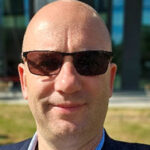
Maksym Myronov is a scientist, researcher, and inventor with expertise in epitaxial growth, materials characterisation, and device technologies involving group IV and III–V semiconductors. He received his PhD in Physics from the University of Warwick in 2002. Following six years of research experience across the UK, Europe, and Japan, he was appointed to the Department of Physics, University of Warwick in 2008. He currently holds the position of Associate Professor (Reader) and leads the Semiconductor Research Group, where his work focuses on advanced materials and device physics. Maksym has pioneered the use of group IV epitaxy to engineer novel nanoscale materials for a wide range of applications, including electronic, photonic, thermoelectric, spintronic, photovoltaic, quantum, energy storage and sensor devices. His work advances new frontiers at the intersection of physics, engineering, materials science, and quantum technologies. He has published around 200 articles in refereed international scientific journals, 4 book chapters, delivered over 150 talks at national and international conferences/workshops and filed over 10 patents. Maksym has been collaborating with scientists, researchers and engineers from UK, Europe, USA, Asia and Japan establishing strong links with industrial and academic communities.
